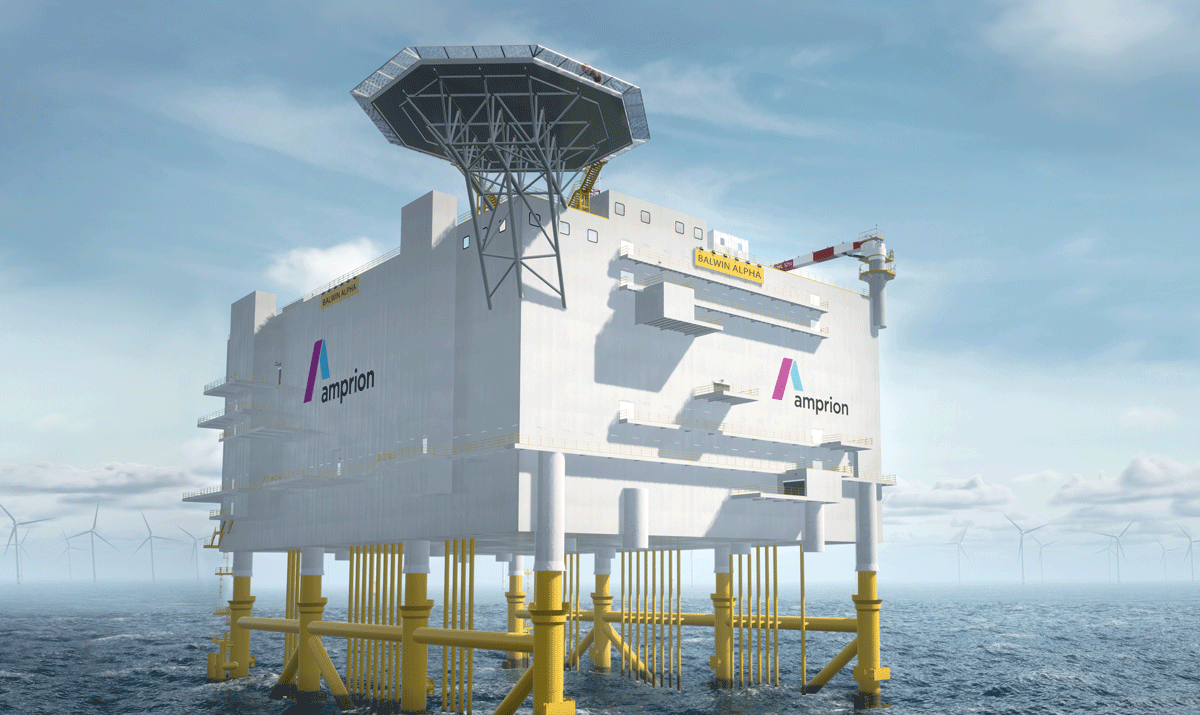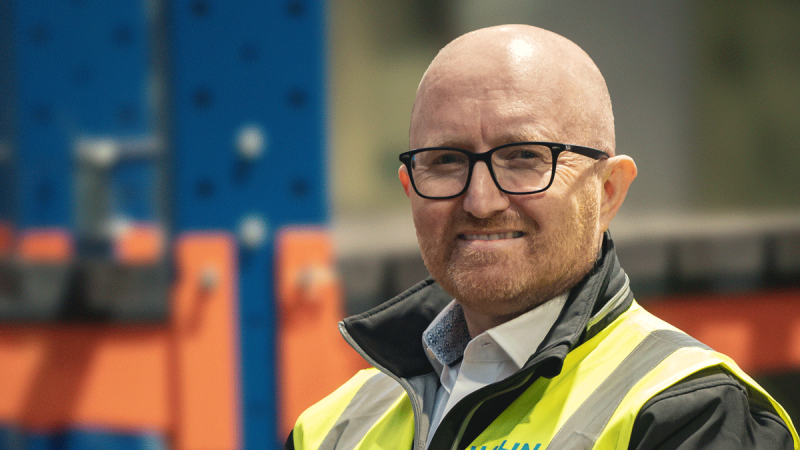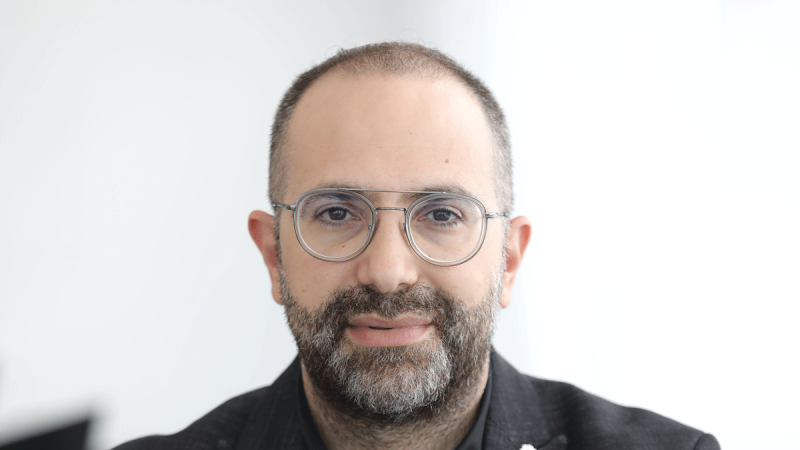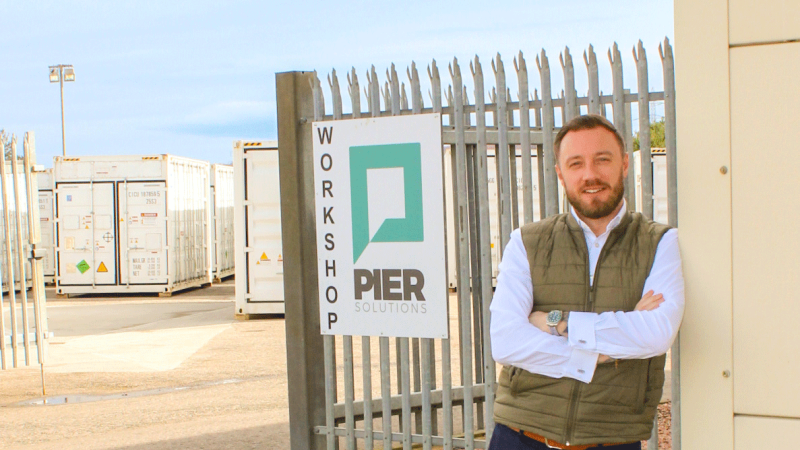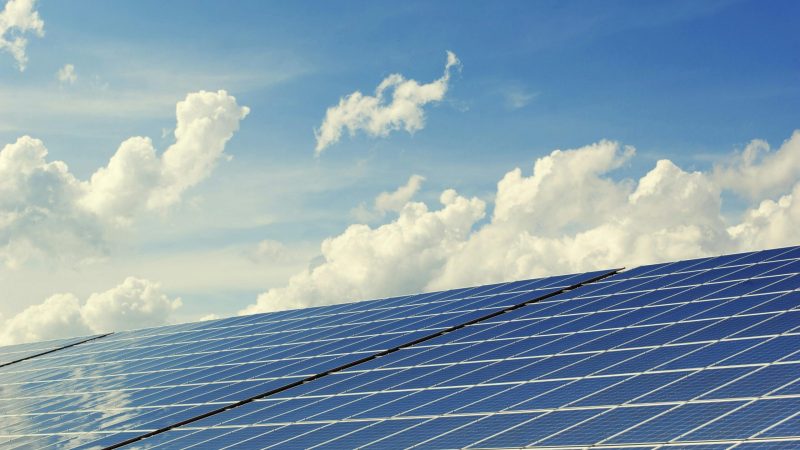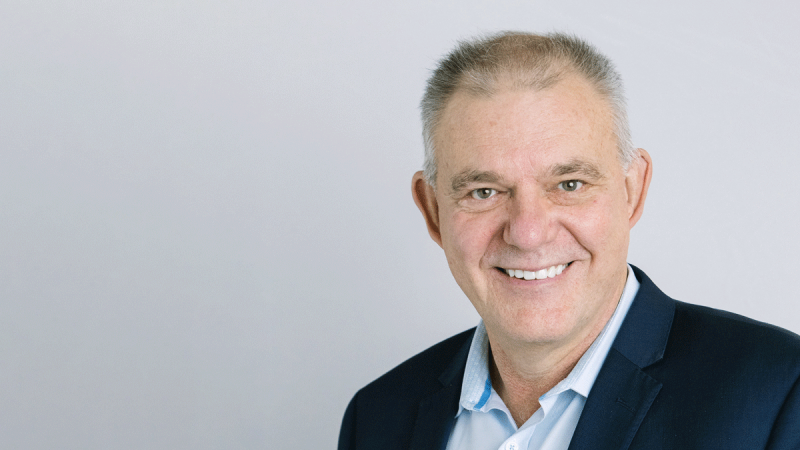Amprion Offshore GmbH is a wholly owned subsidiary of Amprion GmbH, one of Germany’s four transmission system operators. Amprion’s mission is to plan, build and operate the extra-high voltage grid from the North Sea to the Alps, with Amprion Offshore taking responsibility for planning and building the offshore grid connection systems that will be connected in the Amprion grid area.
Since it was founded in 2019, Amprion Offshore GmbH has overseen the lines that connect offshore wind farms to the onshore electricity grid, but it is still a relatively new player in the market. As a new entrant to the expanding offshore grid connections market, Amprion is well-placed to bring innovative ideas to the sector, and those ideas are needed now more than ever.
As the energy transition is progressing, the industry needs to rethink its received wisdom around offshore connections. It is more complex than landing the wind power as quickly as possible. Amprion is looking at ways to make offshore wind power available to the industry and consumers by providing an efficient network of onshore connections, avoiding the kind of grid bottleneck that might curtail supply or limit offshore wind production. The task for the next generation of offshore connections is to make wind power efficient for the economy and society at large.
“The economy in the west and south of Germany will also benefit from the strategy of making offshore connections more efficient and powerful,” Dr Carsten Lehmköster, one of Amprion Offshore’s Managing Directors has said. “Our goal is to quickly bring wind energy to the load centres on the Rhine and Ruhr and thus support the industry in its decarbonisation goals. In this way, Amprion is contributing to a reliable and cost-effective electricity supply.”
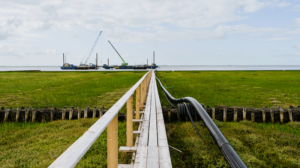 The Three Pillars of Offshore Connection
The Three Pillars of Offshore Connection
Ultimately, Amprion Offshore’s work rests upon three key pillars.
The first of these three pillars relates to how offshore wind energy is fed inland. Rather than going directly to the coast, where the electricity grid is already under heavy use, Amprion’s grid connection system reaches far inland, so that the energy is taken more directly to where it is needed. By keeping the offshore connections close to the load, Amprion ensures wind power reaches consumption centres in southern Lower Saxony, North Rhine-Westphalia and the Rhine-Main region directly. The transmission company uses high-voltage direct current transmission for the same reason, making it possible to transport large quantities of electricity over long distances. When it reaches its destination, that electricity can be used by large consumers such as the chemical and steel industries to decarbonise their processes while maintaining on-site production.
The second pillar concerns the way Amprion bundles onshore and offshore projects alongside joint routes to save time and costs during planning, approval and construction. It is an approach that means Amprion needs less space than for separate electricity connections, allowing it to minimise the impact on the environment, implement urgently needed connections more quickly and make wind power usable faster.
The third and final pillar is the networking of converter platforms on the high seas. This ensures that wind power has more than one route to land, which in turn means that impending bottlenecks in the onshore transmission grid can be avoided. Ultimately, it means that more offshore wind energy finds its way to land where it can be used by consumers. It means that the energy system as a whole becomes more robust, reducing periods where wind power cannot be integrated into the electricity grid. It saves costs, while networking across national borders strengthens the international electricity trading market and the integration of the European electricity market as a whole, leading to lower prices. To support this, Amprion is currently involved in three of four planned interconnection projects in the German North Sea, one of which has an international focus.
Meeting the Target
Amprion Offshore’s use of these three pillars is all the more important as the energy sector is running against a tight deadline.
“Germany wants to become climate-neutral by 2045 and is therefore focussing on the expansion of renewable energies – particularly at sea,” says Peter Barth, Amprion Offshore’s other Managing Director. “To achieve this, the German government has increased the expansion targets for offshore wind energy: Output is to increase to 30 gigawatts in 2030, to 40 gigawatts in 2035 and 70 GW in 2045.”
The German government expects offshore wind farms to provide as much electrical power as roughly 40 large coal-fired power plants by 2030. To do that, it needs Amprion Offshore to realise more projects in less time.
At the same time, Amprion Offshore has to navigate a very tight market situation.
“Global supply bottlenecks and the limited availability of service providers in the offshore sector make the situation challenging,” Barth tells us. “We are therefore pleased to have already secured the most important capacities, converters and cables, for our expansion projects up to 2030.”
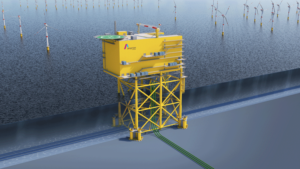 Specialist Talent
Specialist Talent
Converters and cables are not the only resources Amprion needs, however. As always, the human element turns out to be the most essential ingredient.
“Attracting well-trained specialists in all areas is also a challenge. Since Amprion Offshore was founded, we have brought almost 300 new employees on board in the offshore sector over the past five years,” Barth says. “We will be creating 400 to 500 more jobs in the offshore sector alone in the coming years.”
But it is about quality as well as quantity. Five years ago, Amprion Offshore established a location in Hamburg, and from here the company has been working to intensify its local contacts with the offshore industry and coordinate dialogue with stakeholders and authorities such as the BSH and offshore industry associations.
“The location is important for attracting specialists to Amprion, as many offshore experts are based in northern Germany,” Barth points out. “We offer our employees a very interesting field: they can work directly on the implementation of the energy transition in both technical and administrative areas, on land and at sea.”
Despite being a relatively young company, Amprion Offshore has many years of experience in the onshore sector to draw on, and that too makes it an appealing prospect for new employees.
“We enjoy a good reputation in the industry and therefore benefit from word-of-mouth recommendations,” Barth says. “Our projects are promising and challenging tasks that attract young people in particular.”
As well as an excellent place to learn and some rewarding challenges to overcome, Amprion also offers a wealth of enviable employee benefits. With that next generation of talent in place, Amprion Offshore has big plans for the future.
“The Federal Network Agency published the grid development plan at the beginning of March. This confirmed the need for a total of fourteen offshore grid connection systems in our grid area by 2045,” Barth says. “Eight of these are already being planned by us, with the remaining six still to follow. Two of these are also planned for offshore interconnection with other grid connection systems.”
There is still a lot of work to do, but that means a lot of opportunity for Amprion Offshore.
